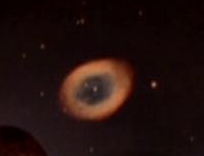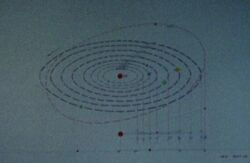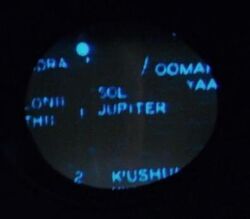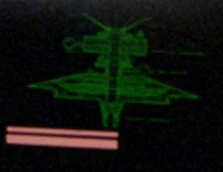The library computer banks of USS Enterprise contained information from the Starfleet database.
In 2254, the library computer banks, including tapes and microrecords, were scanned by the Talosians. A large portion of Human history and Federation knowledge were assimilated. (TOS: "The Cage")
In 2265, Spock accessed the library computer to bring up biographical and psychological data on Gary Mitchell and Elizabeth Dehner after they began to experience mysterious ESP powers following an encounter with the galactic barrier. (TOS: "Where No Man Has Gone Before")
In 2267, when an away team from the USS Enterprise crossed into the mirror universe, James T. Kirk and Leonard McCoy studied the library computer of the ISS Enterprise to understand the universe's history. (TOS: "Mirror, Mirror")
In 2268 the historical uniform section of the library computer was accessed for information relating to SS uniforms and insignia. The information allowed McCoy to be outfitted as a Gestapo doctor, with the rank of Colonel, from Earth in 1944. McCoy then beamed down to the planet Ekos for a covert operation. (TOS: "Patterns of Force")
In 2269, after Spock allowed himself to become inhabited by an unidentified cosmic cloud, Kirk requested that Uhura show the being, from the library computer, views of Earth, and what the cloud was capable of destroying. (TAS: "One of Our Planets Is Missing")
Images seen in the library computer
| Images seen in the library computer |
|---|
          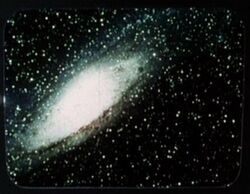  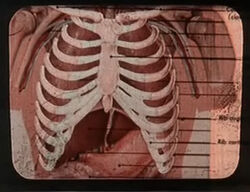     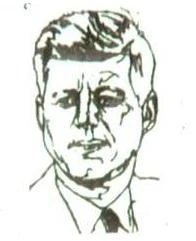     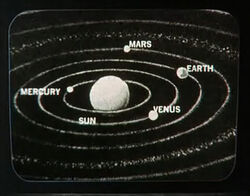              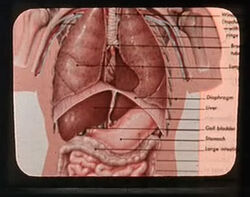     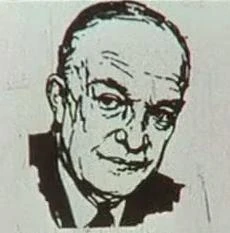        |
   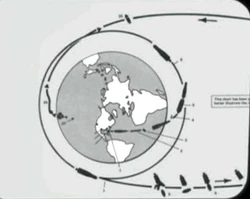 (left portion)    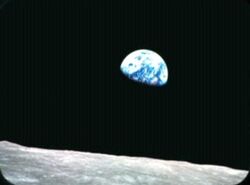       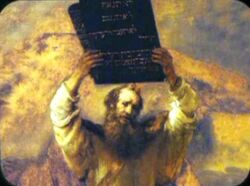           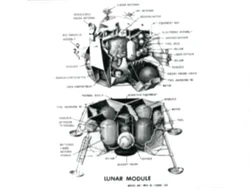 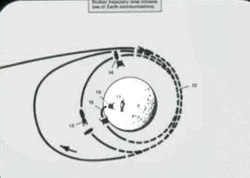 (lower right portion) 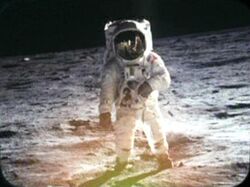                   |
    |
 |
|
(TOS: "Mudd's Women") |
|
(TOS: "The Naked Time") |
|
(TOS: "Balance of Terror") |
  |
|
(TOS: "Space Seed") |
    |
 (TOS: "Friday's Child") |
 |
  (TOS: "The Changeling") |
 (TOS: "Patterns of Force") |
 |
|
(TOS: "Spock's Brain") |
 |
|
(TAS: "Yesteryear") |
  |
|
(TAS: "The Survivor") |
|
(TAS: "The Infinite Vulcan") |
 |
|
|
External links
- USS Enterprise (NCC-1701) library computer at Memory Beta, the wiki for licensed Star Trek works
- The Library Computer Scene of "The Cage" in TOS and TOS-R at Ex Astris Scientia
- Spotting the Ships from the Star Fleet Technical Manual at Ex Astris Scientia

